Thanks to the way air traffic controllers are usually portrayed in popular culture, most of the general public tends to imagine them as highly stressed oddballs trapped in airport towers. However, the nearly 14,000 controllers who keep the world and nation moving have many responsibilities, are highly trained, and, most of the time, work in a fairly controlled environment. Air traffic controllers have important jobs in positions that much of the non-aviation world doesn’t even know about. Some functions of ATC (air traffic control) are manned 24 hours a day, 7 days a week.
When air traffic controllers are hired as trainees by the Federal Aviation Administration (FAA), they choose a geographical area in which they want to work. Beyond that, they usually don’t have a lot of choice in the type of job they then enter, at least at first. Military ATC (air traffic control) positions, of course, are reserved for those who are members of a particular branch of the armed forces.
Tower Controllers
These ATC professionals are what most people think of when they picture an air traffic controller. Tower controllers usually don’t work 24 hours a day except at the largest and busiest airports, where international flights take off and land.
Tower controllers work at an air traffic control tower (ATCT.) They separate traffic taking off and landing at airports, and sometimes place airplanes in a hold over the airport at busy times. Most public airports have an ATCT except for those which are small—perhaps located on a grass strip or in rural areas—and cater to general aviation. A good rule of thumb is that if an airport offers regular commercial flights, even with a charter service, it will probably have a tower.
As you can imagine, many airports fall into this category, and each needs controllers. These controllers must work especially quickly during a “push”—what controllers call “rush hour” at an airport—and constantly adjust to weather conditions. They also organize the airspace immediately surrounding the airport. Many people are surprised to learn that controllers who work on Ground Patrol also direct traffic on the runways and taxiways—not just aircraft, but also vehicles such as fire trucks and refueling equipment.
Terminal Radar Approach Control (TRACON)
Air traffic controllers who work in TRACON are perhaps the most hidden from the general public, but their job is essential in keeping the airways safe. TRACON facilities are located throughout the United States, both near major cities and rural areas. Some facilities, such as South Bend IN and Roanoke VA, combine TRACON with a tower. Other TRACON facilities are located separately and work with many airports in one congested area.
TRACON controllers use radar to direct pilots flying into and out of airports. They help to relieve the workload of tower controllers. Most TRACON controllers concentrate on traffic which is within a 30 to 50 mile radius, up to 10,000 feet. If an aircraft is flying through this airspace, but not taking off or landing, the pilot will still speak to the TRACON controller.
Air Traffic Control System Command Center (ATCSCC)
Air traffic controllers who work here are known as “center controllers.” They tend to command the highest salaries amongst all air traffic controllers because their jobs are usually the most complex, and sometimes they must work overnight. Center controllers take charge of the air space between airports. Centers are generally based near large cities with a great deal of traffic, and oversee the paths of airplanes over a wide area.
The nation’s airways are divided into sections to help keep track of which traffic is headed where. If you are wondering who managed to put each aircraft on the ground so quickly after the terrorist attacks of September 11, 2001, center controllers were the professionals who began the process—then tower controllers had to work fast and creatively to find space for the onslaught of airplanes which suddenly had to land.
Military and Temporary Air Traffic Controllers
Controllers who separate military traffic might work at a permanent military base in the United States, in a temporary airfield in a war zone, overseas, or on an aircraft carrier. Military air traffic controllers must become familiar with working military formations or such situations as fighter jets refueling from a larger aircraft. On the largest aircraft carriers, about 40 air traffic controllers take turns helping to guide pilots to and from the ship. They form the Carrier Air Traffic Control Center (CATCC) and work as their own tower. Some controllers assist both the pilots as well as those working traffic by monitoring fuel levels. They also provide guidance to pilots during bad weather.
Temporary towers are established for special events in areas in which a great deal of air traffic pops up for a special event or airshow. For example, a major air show and aviation gathering called AirVenture, sponsored by the Experimental Aircraft Association (EAA), takes place each year in Oshkosh, WI. In order to handle the sudden influx of visitors in a normally slow-traffic area, a temporary tower takes control of the takeoffs and landings.
Becoming An Air Traffic Controller
It used to be extraordinarily difficult to become an air traffic controller; the FAA demanded a great deal of specialized education and asked applicants to pass a difficult entrance exam before an offer to become a trainee was extended. Air traffic controller hopefuls were first asked to earn a four-year college degree in one of a handful of schools offering an FAA-approved program. Even then, not all trainees passed their qualifying tests at the FAA Academy in Oklahoma City.
This has changed in recent years. The FAA faces a shortage of controllers due to its entire workforce retiring at the same time after a complete turnover of personnel in an air traffic controller strike in 1981. Now, applicants are not required to have a college degree at all, and the pre-employment ATC screening exam has changed substantially; for example, it now includes a personality evaluation.
Ready to soar in your aviation career?
Mr. Matthew A. Johnston has over 23 years of experience serving various roles in education and is currently serving as the President of California Aeronautical University. He maintains memberships and is a supporting participant with several aviation promoting and advocacy associations including University Aviation Association (UAA), Regional Airline Association (RAA), AOPA, NBAA, and EAA with the Young Eagles program. He is proud of his collaboration with airlines, aviation businesses and individual aviation professionals who are working with him to develop California Aeronautical University as a leader in educating aviation professionals.
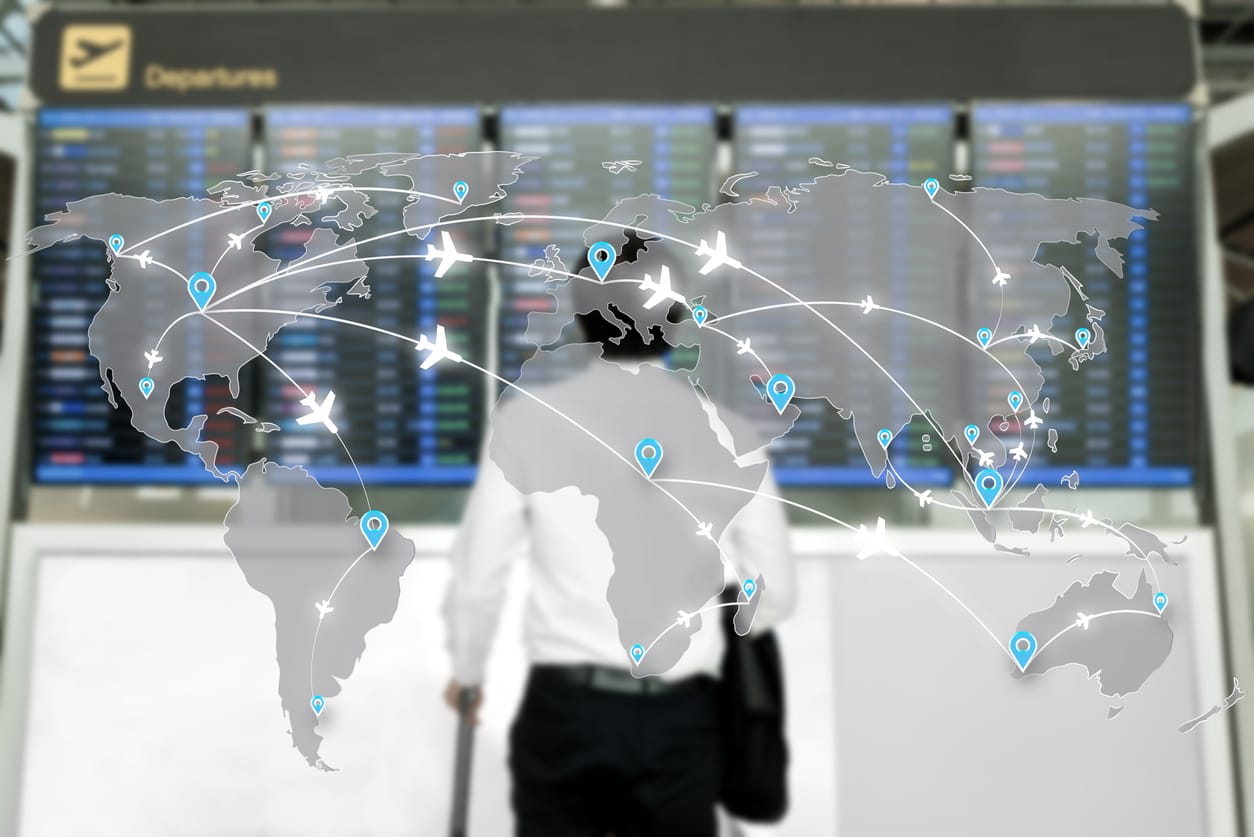

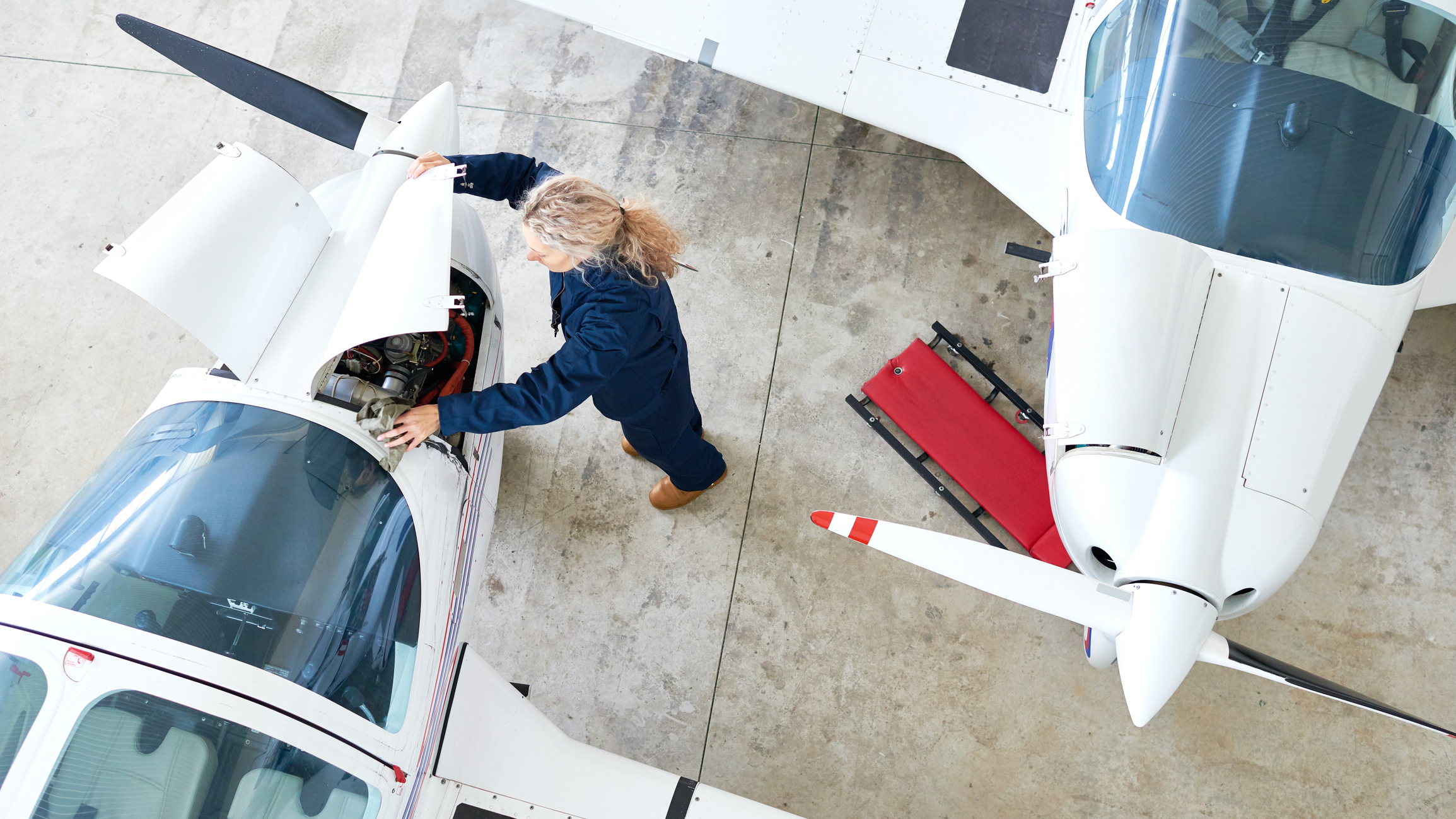
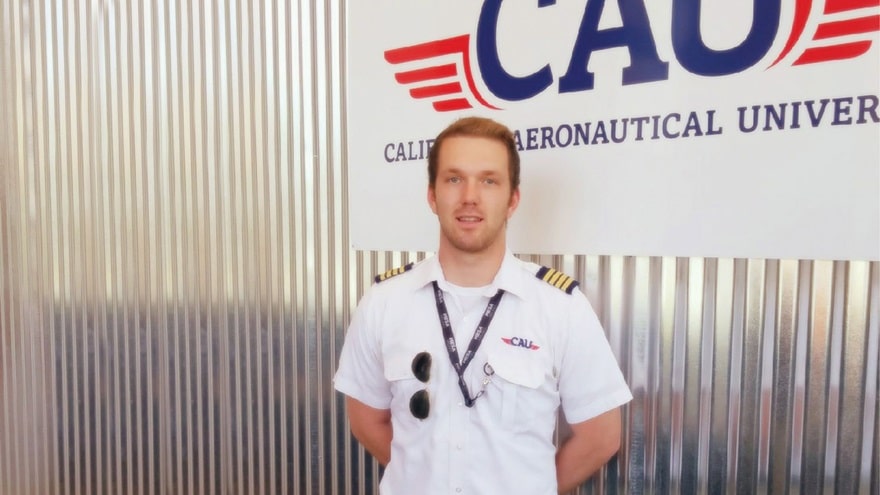
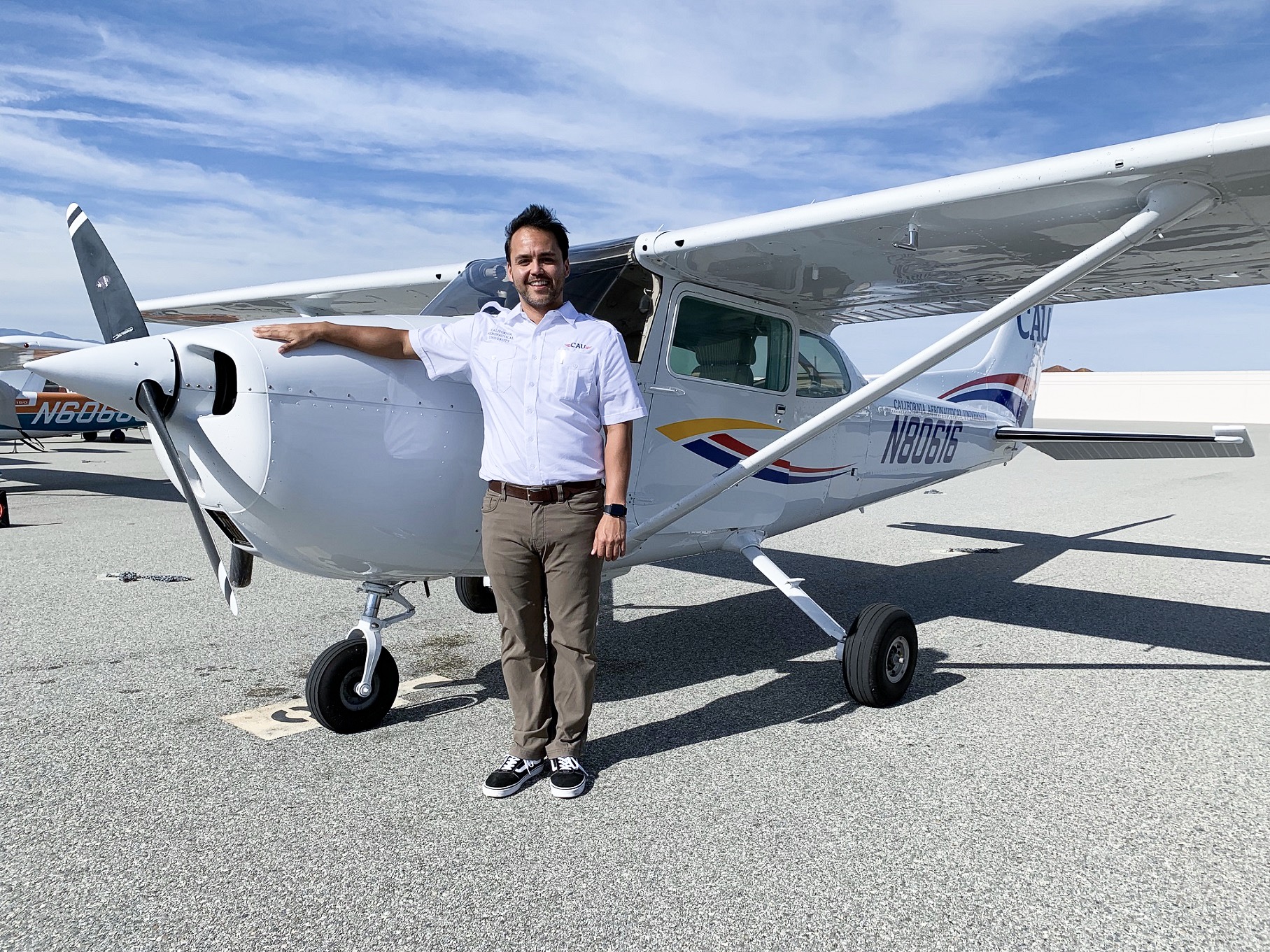
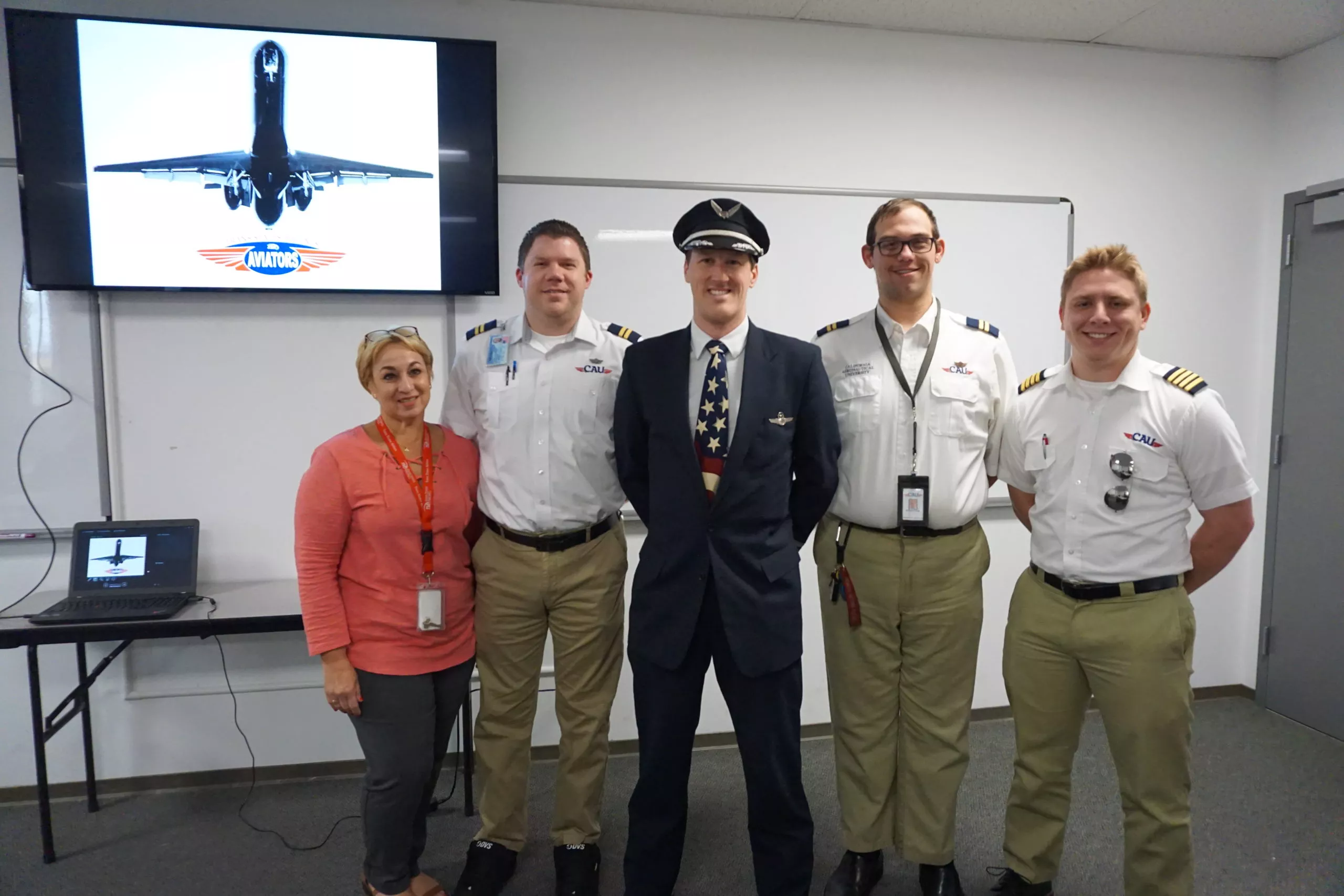
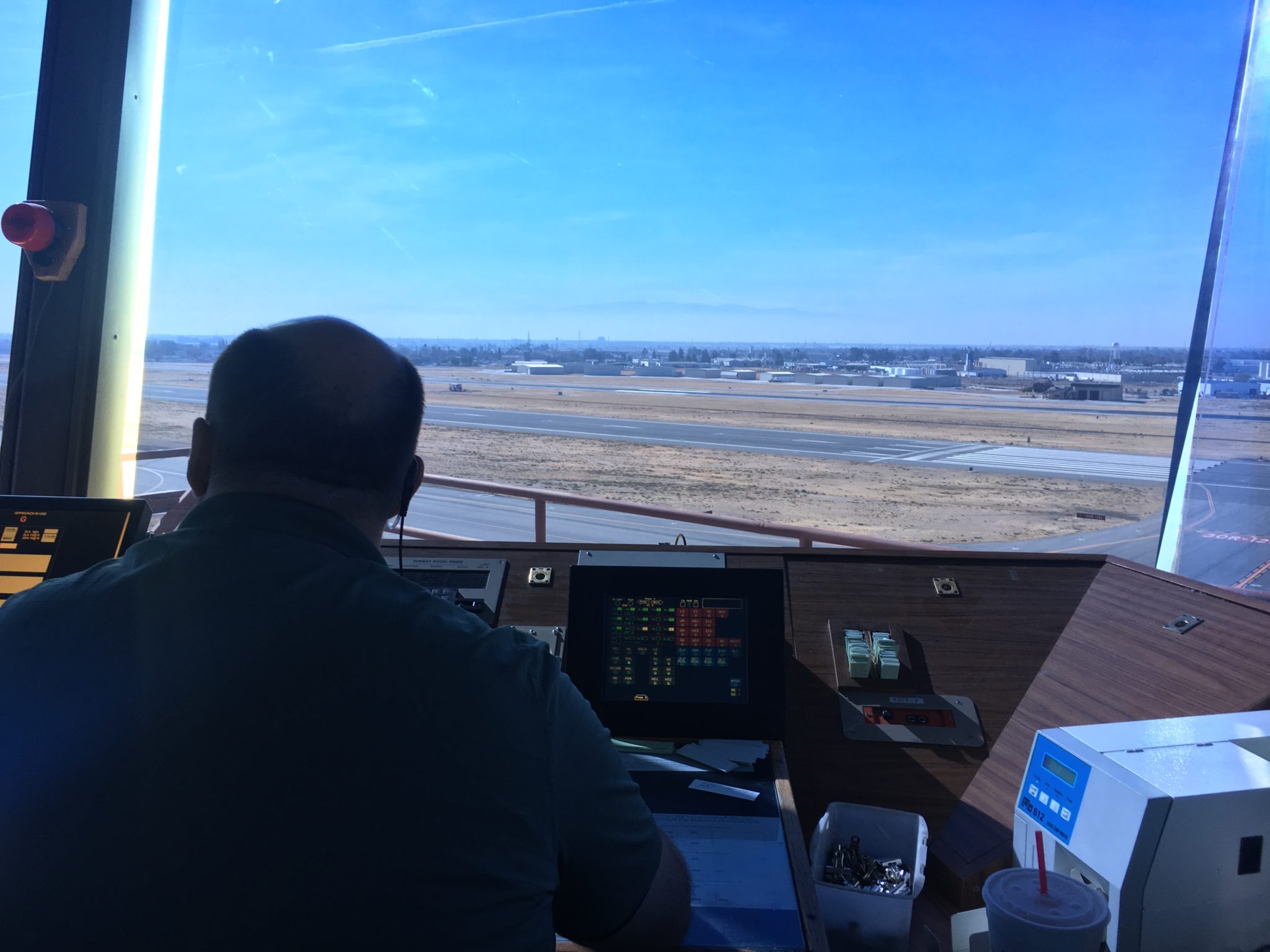
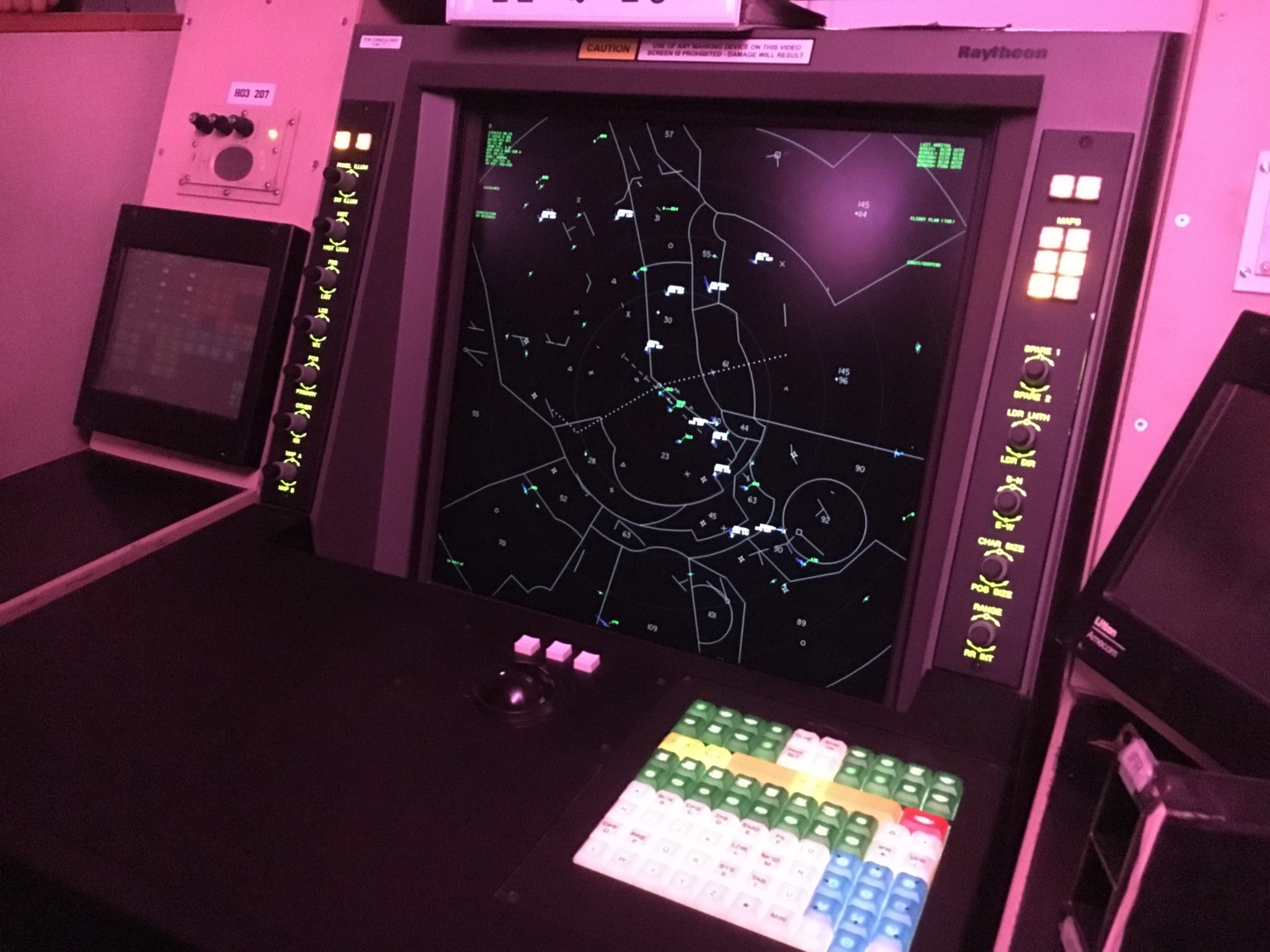
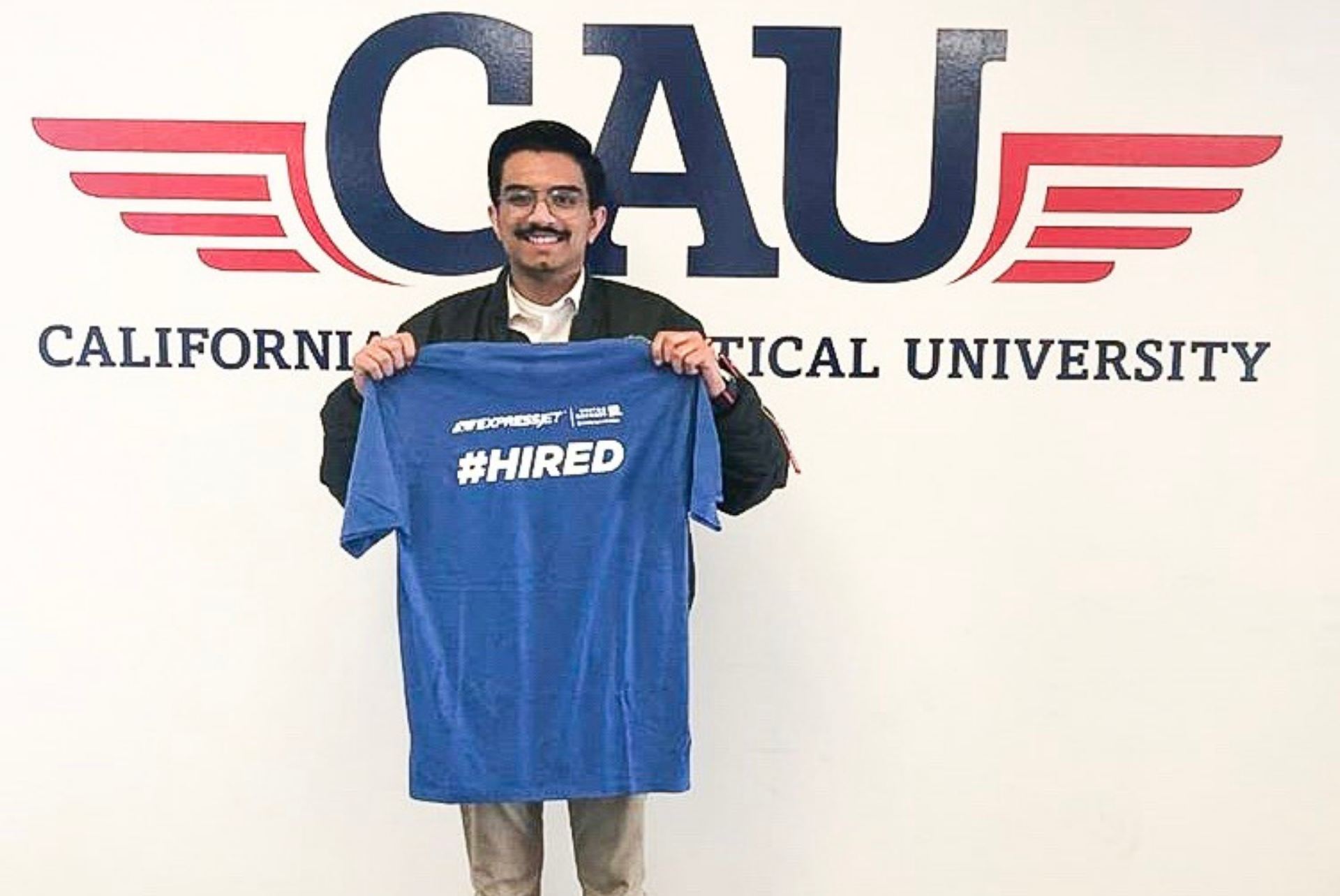
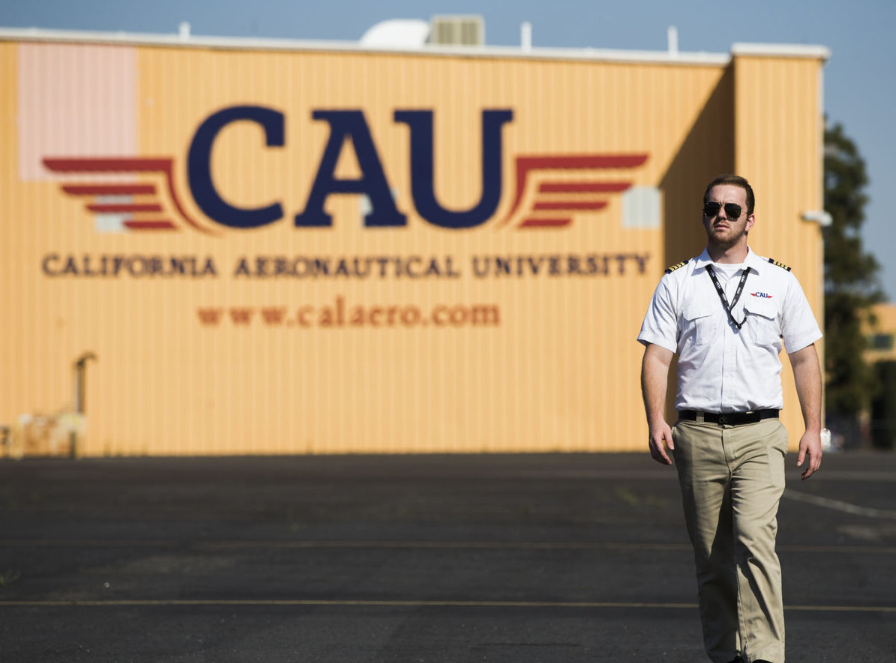
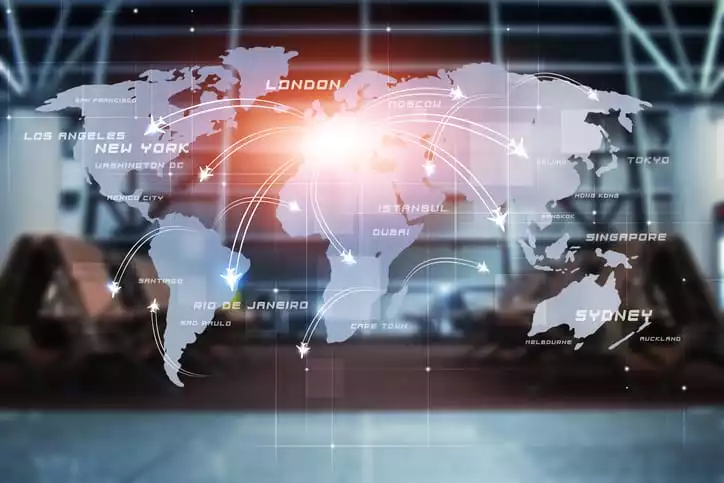
Would you be interested in speaking to my air traffic class at tcc?
My son is interested in the ATC field. Pls reach out when it’s convenient.
Thank you,
Greg
Hi Greg, thank you for your comment! A member of our admissions team will reach out to you shortly!